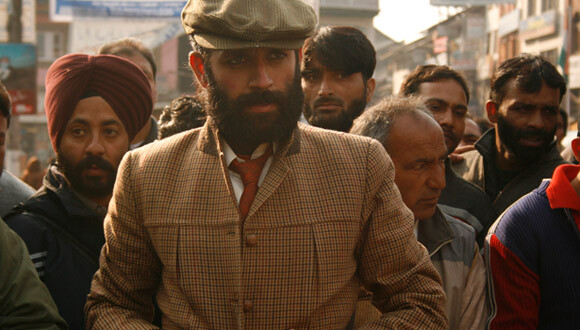Curated by Utopia @ Asialink in association with Fehily Contemporary and
Melbourne Festival.
Artists:
Nikhil Chopra (India), Daniel Crooks (Australia), Larissa Hjorth (Australia), Masaru Iwai (Japan), Amar Kanwar (India), Takashi Kuribayashi (Japan), Charles Lim (Singapore), Minouk Lim (Korea), Tran Luong (Vietnam) and Jewyo Rhii (Korea).
Curatorium:
Yusaku Imamura (Tokyo Wonder Site), Sunjung Kim (Co-Artistic Director Gwangju Biennale 2012), Natalie King (Utopia @ Asialink), Deeksha Nath (curator/writer, New Delhi), Tan Boon Hui (Singapore Art Museum).
13 October–15 November 2011
Fehily Contemporary
3a Glasshouse Road
Collingwood VIC 3066
Australia
Open:
Wed–Sat, 11 am–5:30 pm or by appointment
www.fehilycontemporary.com.au
www.asialink.unimelb.edu.au
www.melbournefestival.com.au
As social, geo-social and mobile media render the intimate public and the public intimate, what is the impact on art practice and politics? Curated by Utopia—a roving visual arts project for the Asia Pacific region—Intimate Publics is an exhibition of video works that delve into the revelatory world of intimacy within public spaces, probing the effect that the ever-present social media has on our public expression of emotion. Each Utopia collaborator proposes two single-channel video works for inclusion in a program of moving images.
In an era of rapid information access, how can we find meaningful and enduring ways to relate? With the saturation of social media, notions of trust, surveillance and intimacy are changing dramatically. In this milieu whereby the aesthetics of everyday life is increasingly shaped by the technocultural, Intimate Publics uncovers an array of approaches to these dilemmas from emotive gestures, political performances and poignant encounters.
Artworks include Nikhil Chopra’s theatrical performance, which is haunted by the Victorian draughtsman Yog Raj Chitrakar. Daily actions—washing, eating, drinking, sleeping, dressing, shaving, and observing—are transformed into ritualistic spectacle within bustling market squares and forgotten buildings. For Larissa Hjorth’s CU project, she asked perfect strangers to disclose intimate moments via saved SMS messages paired with evocative photographic images. Charles Lim journeys through the ‘longkangs’ of Singapore, drawing attention to the vast network of monsoon drains which form an unintended map of the country. Various individuals are met along the way from the eerie strangers in raincoats who inspect the drains like a crime scene, to the young man who discovers glittering ornamental fish trapped in a plastic bottle, and in the closing scene, a lost soul overwhelmed by the sea.
Daniel Crooks manipulates footage of crowds going about their daily business outside a subway in Shanghai. He warps pedestrians into individual time slices so that they move slowly across the screen as if disconnected and bereft of personal encounters. During a residency in Taiwan, Masaru Iwai filmed old Japanese houses covering their exterior with soapy foam while undertaking domestic rituals indoors. Majestic and haunting, these structures are derelict yet a reminder of home and belonging.
When Minouk Lim was preparing for her elegiac nighttime performance on a ferry along the Han River in Seoul, she asked herself three questions:
What should I do to live in your life? What should I do to make our relationships work? Or how should we come across and fall apart?
These questions of empathy and connectivity inform Intimate Publics and the Utopia project. An inclusive and itinerant platform for engagement, Utopia is a network of cities that converse and collaborate including Melbourne, Tokyo, Singapore, Seoul and New Delhi.
After extensive regional consultation (New Delhi, Singapore, Hong Kong…), Utopia has evolved to become an agile and peripatetic model that infiltrates existing activities such as biennales, art fairs and conferences. Utopia operates as an incubator for cross-cultural ideas, thinking and working methodologies. This nomadic model of encounter is evolving and flexible, responsive and generative. Utopia aspires to stimulate a collaborative and consultative working method connecting diverse geo-political regions and communities. Given the proliferation of biennales, Utopia seeks to be an alternative model of encounter between communities, cities and geographies that is founded on collegiality and reciprocity. Utopia is a propositional and elastic structure that develops affinities with existing systems.


